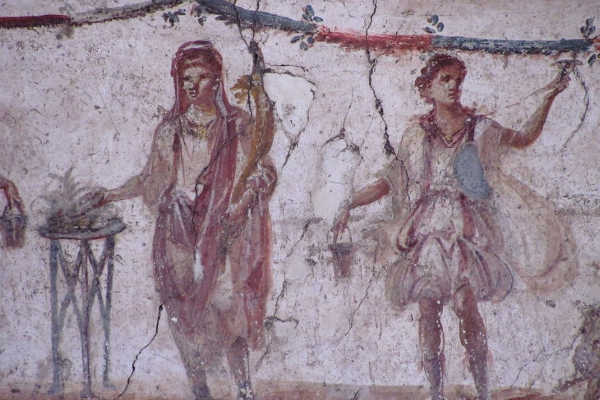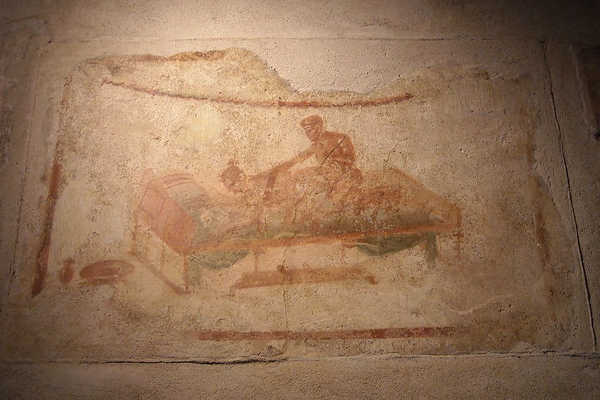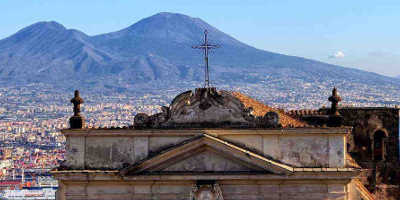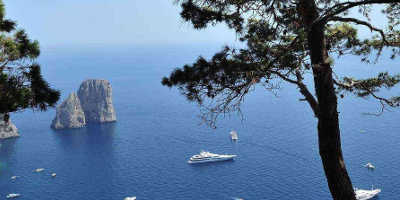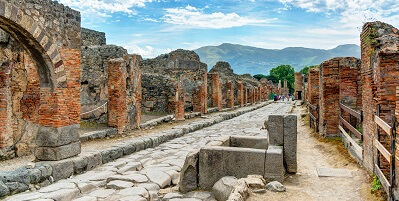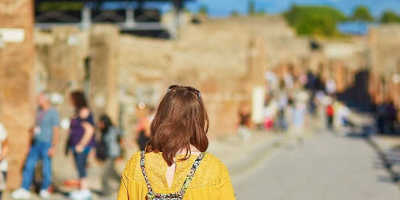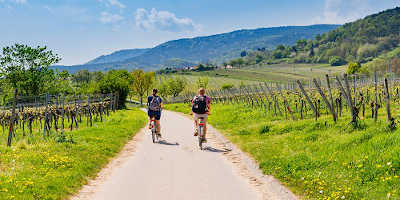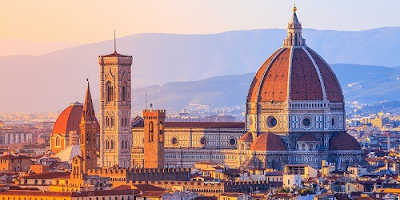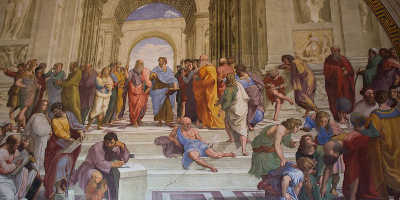The Secrets of the Victims of Mount Vesuvius
Archaeologists and historians found more than crumbling buildings when they discovered Pompeii and Herculaneum. They also unearthed the hidden lives of its deceased inhabitants!
When Mount Vesuvius erupted in 79 AD, the devastation it caused was unprecedented. Around 2,000 people died in Pompeii and 300 are known to have died in Herculaneum, however, the entire death toll could have been around 16,000. The cities that Mount Vesuvius destroyed have been undergoing excavations for the past 300 years and far more than crumbling ruins have been unearthed. Artwork, frescoes, furniture, and other artefacts have given historians and archaeologists the key to unlock the lives of the ancient inhabitants.
So, who were the people that lived in the shadow of Mount Vesuvius all those years ago? What were they like? How did they live? And how did they die?
Who were they?
The people that lived around Mount Vesuvius were from both rich and poor Roman families, but the two main cities of Pompeii and Herculaneum were wealthy. Many citizens lived in lavish villas and palaces and some wealthy out-of-towners even had second homes here. Herculaneum served as a seaside holiday resort for other wealthy Romans. Items found on the sites revealed a love of entertainment, food and other pleasures.
They loved art
The discoveries of Pompeii and Herculaneum proved one thing, their inhabitants loved art and colour. Amongst the ruins, particularly in the better-preserved town of Herculaneum, were found mosaics, frescoes, and wooden panels that would have decorated houses. Further investigation of many of the items revealed that they would have been very colourful. Archaeologists uncovering these items detected pigments left on wooden panels, marble statues, and stone carvings. Using advanced technology, scientists have been able to identify these colours and create digital images of what the items would have looked like in their prime.
They enjoyed brothels
The ruins of both Herculaneum and Pompeii have revealed a popular pastime of the ancient Romans, visiting brothels. Both cities were wealthy and with that wealth came extravagances such as fine foods, art, and…prostitutes. Prostitution was legal in these ancient cities and many brothels were built to provide this service.
The incredible preservation of both Pompeii and Herculaneum has allowed archaeologists to learn much about how these places would have functioned. The brothel owners adorned the walls with frescos; fine paintings that depict erotic imagery. These would have been to set the mood and to display a menu of services provided. These frescoes can still be viewed among the ruins today.
The brothels and their frescoes were the main reason that Pompeii took so long to be fully discovered. In 1599 an architect named Domenico Fontana came across the ruins, but he covered them back up again! Historians have speculated that this was because Fontana found the erotic imagery, which would have been shocking at the time, and simply hid them away.
They didn’t know much about volcanoes
Before 79 AD, Mount Vesuvius hadn’t erupted in 1,800 years so it’s understandable that those living nearby didn’t even realise they lived near a volcano. In fact, what may have drawn many people to the area was the nutrient-rich volcanic soil that was left behind from historical eruptions.
A large earthquake rocked the surrounding area 17 years before the main eruption, which nowadays would be taken as a warning sign, but the ancient inhabitants remained clueless. There were also several tremours felt in the lead up to the eruption. But the locals simply took this in their stride, unaware that these were indications of the devastating event to come. The only positive thing to come from these quakes and tremors was that some buildings collapsed, forcing their residents to relocate in towns further from the volcano.
Many of them couldn’t escape
Estimates guess that 15,000 people were living in Pompeii around the time of the eruption of Mount Vesuvius. Roughly 2,000 people died during the disaster, which is about 13% of the population. Within the ruins of Pompeii there were several human remains found, so we can only assume that these people chose to stay behind. The most probable reason for them to remain was that they were too poor, or they had nowhere else to go.
In Herculaneum, there were far fewer human remains found. At first, archaeologists believed that everyone had survived; however, further discoveries told a more tragic tale. Along one strip of land, in and around arched vaults, over 300 skeletons were discovered. These vaults lined what would have been an ancient shoreline since the volcanic deposits pushed the coastline a few hundred metres into the sea. Crowded within each vault were around 40 skeletons. These people were likely waiting in the hope of catching a boat to escape, but the boats didn’t make it in time, trapping each of them in a ferociously hot volcanic nightmare.
Their deaths weren’t pretty
The volcano didn’t simply kill people by washing them away in a stream of lava, the destruction occurred in a few ways.
First, the toxic gases that issued from the volcano would have suffocated many that were downwind, like the inhabitants of Pompeii. Second, falling rocks and other large debris caused houses to collapse, thereby crushing the residents. Third, the pyroclastic cloud of toxic gases and ash that swept through the towns could have killed people instantly with their heat and ferocity. Sometimes, the death was so quick that the victim was frozen in suspended action.
More is being discovered every day in Pompeii and Herculaneum, opening a window to the past that no one could have imagined. If you’d like to see and experience this fascinating history, then you can visit both sites throughout the year. Step back in time as you wander through the streets and buildings, seeing what the lives of the citizens would have been like as they lived their final hours.
Related article: 11 Amazing Facts about Mount Vesuvius

